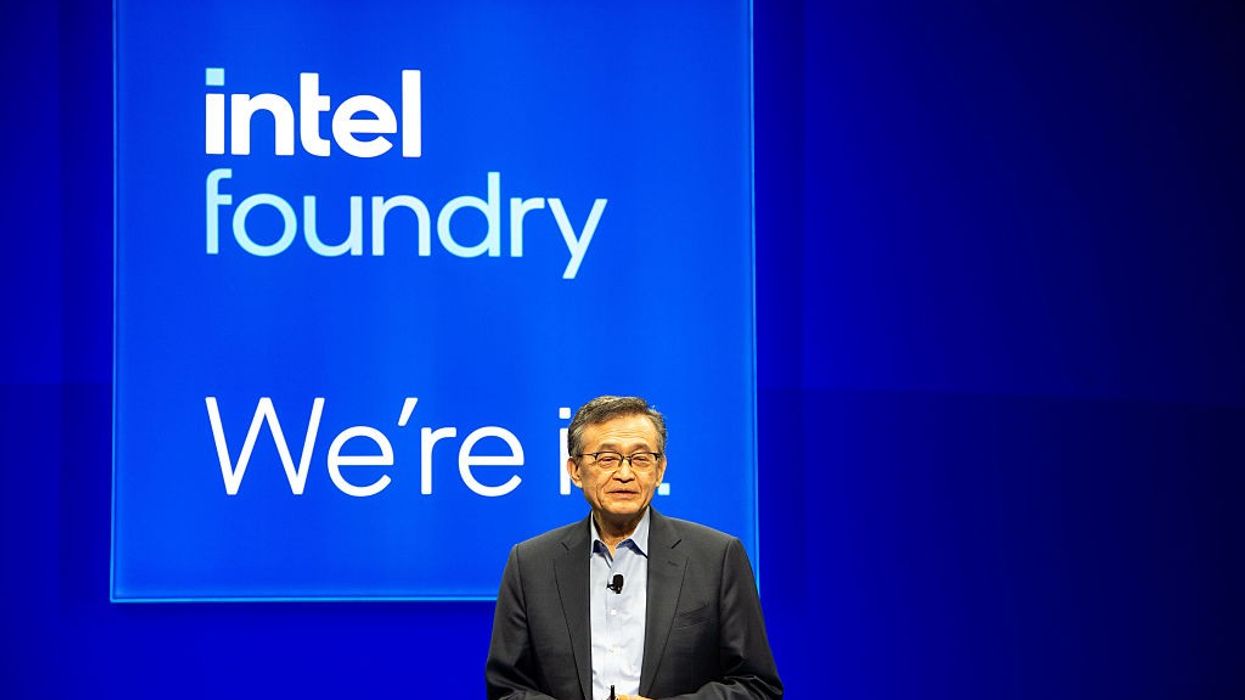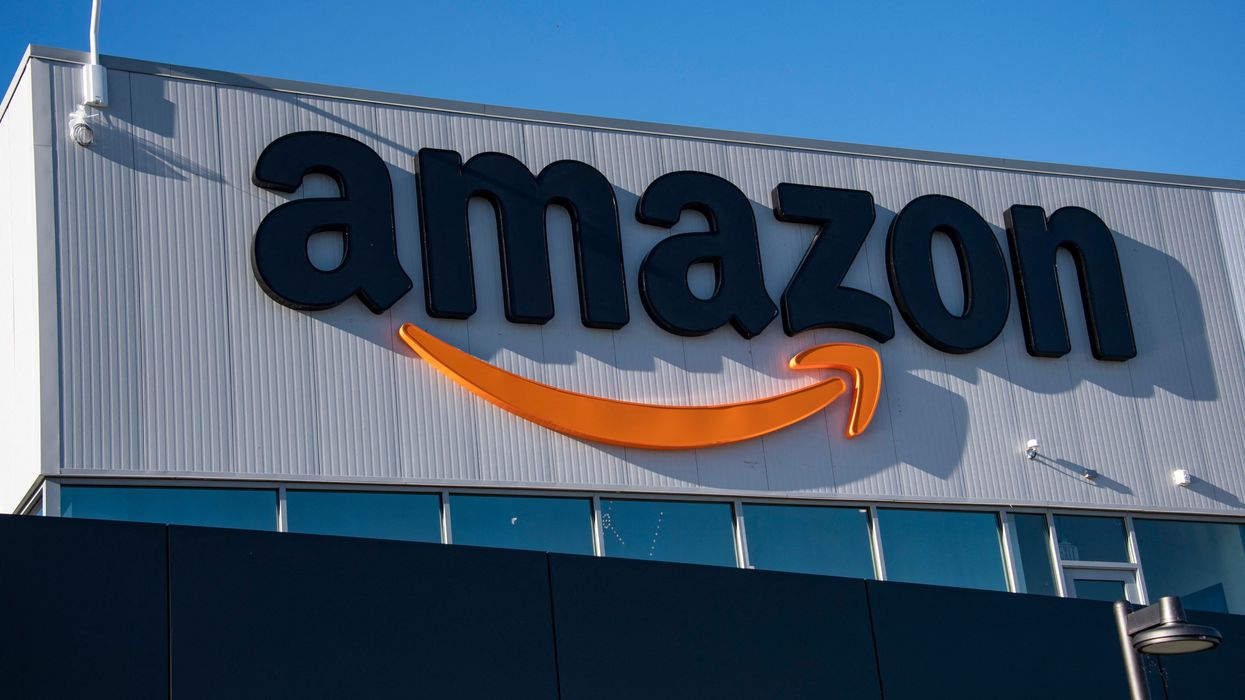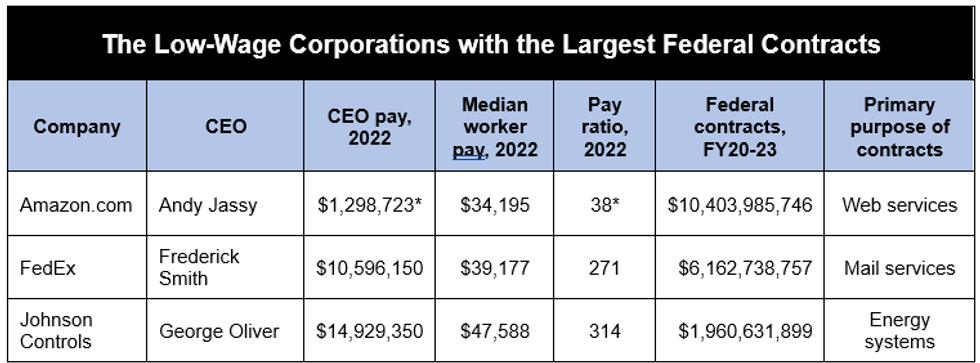Workers Are Paying the Price for Intel Mismanagement...
And taxpayers are footing the bill.
It’s not every day that the president of the United States calls for the head of a major company to be fired. But that’s what happened this August, when US President Trump accused Lip-Bu Tan, the new CEO of Intel, of being too cozy with China.
Then in typical fashion, Trump reversed himself and proposed converting Intel’s $10.8 billion CHIPS Act subsidy into an equity stake. Intel accepted the deal, and now the federal government owns nearly a 10% stake in the company.
While much has been written about Intel’s financial and technical challenges, very little has been said about the impact of management’s cost cutting on the company’s employees.
In October 2024, Intel announced its plan to cut 15% of its global workforce, eliminating approximately 15,000 positions. Then shortly afterwards, the company gave its fired CEO Pat Gelsinger a $7,853,450 severance package.
With the government’s huge taxpayer-financed stake in Intel, Intel communities have an opportunity to hold the company accountable for the impact of these job cuts on workers and their communities.
Thus far it has already laid off more than 7,500 workers across four states. But Intel's new CEO, Lip-Bu Tan isn’t suffering any pain. He’s getting $1 million a year and is eligible for bonuses of up to $2 million. His long-term stock options are valued at $66 million.
Studies on the impact of job loss have documented that layoffs increase the risk of suicide, substance use disorders, poor physical and mental health, divorce, and homelessness. The impact extends to the communities where workers live: Local businesses lose revenue, demand for social services increases, and local governments can see their tax base crater.
With the government’s huge taxpayer-financed stake in Intel, Intel communities have an opportunity to hold the company accountable for the impact of these job cuts on workers and their communities. A powerful grassroots movement might go even further and follow up on Intel’s promise to create 10,000 new jobs in exchange for taxpayer funding.
To help build that movement, a dozen labor and environmental groups came together to form CHIPS Communities United (CCU). The coalition aims to hold semiconductor companies accountable for the billions of dollars they’ve received in public funds and tax credits.
This Labor Day, CCU is launching Intel-Layoffs.org to track the extent of job losses at Intel and invite workers to join our campaign for good jobs in the semiconductor industry. The tracker will be a reliable resource and virtual gathering place.
Layoffs provide a teachable moment regarding the benefits of collective bargaining and the value of a union contract. Typical job security provisions provide an orderly process for reductions in staff. And just as importantly, most agreements spell out in writing a fair process for bringing back qualified laid-off employees by seniority.
As Intel works through its technical and marketing challenges, we must not lose sight of the human costs of its crisis and the company’s obligations to workers and their communities.



